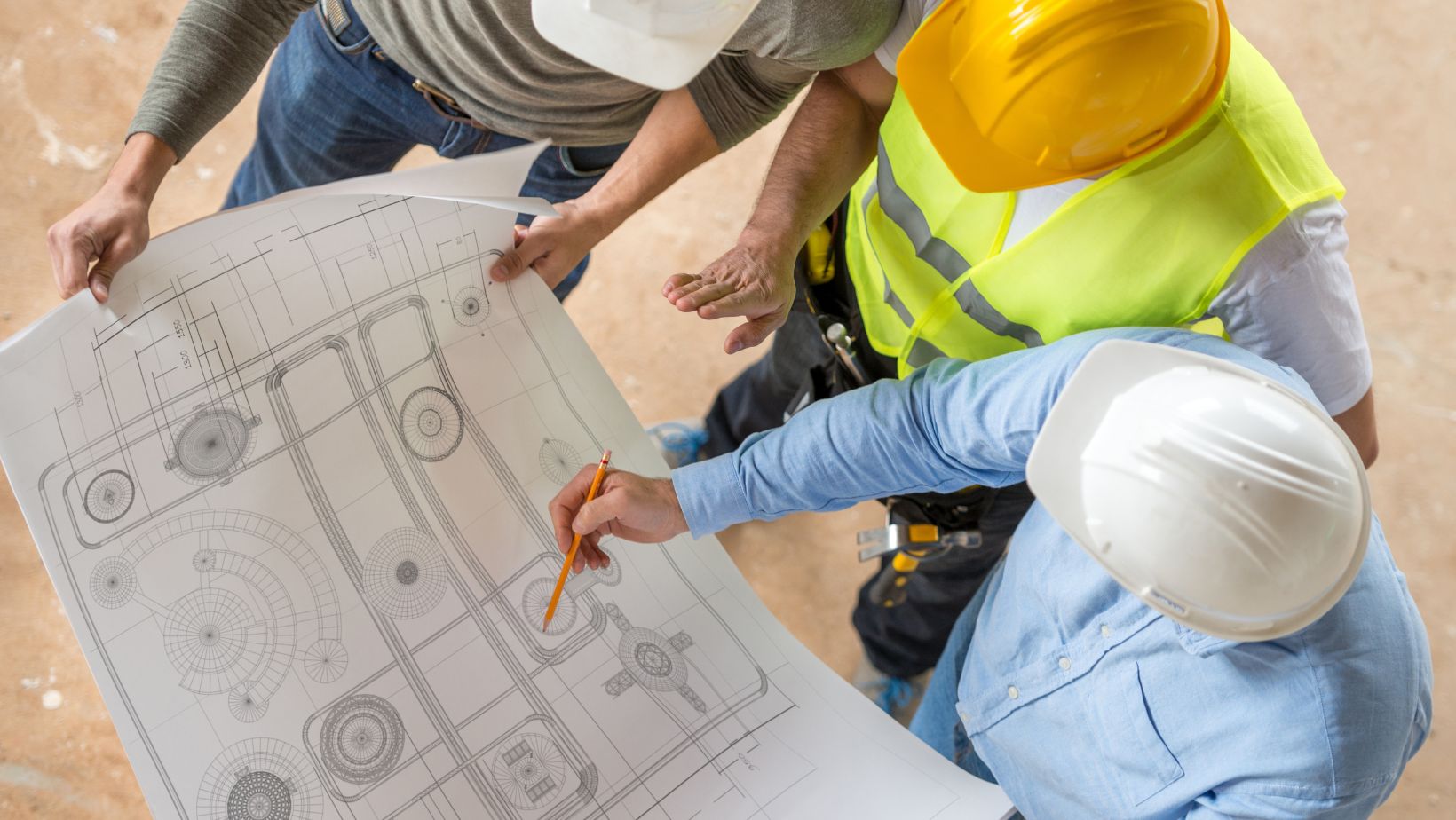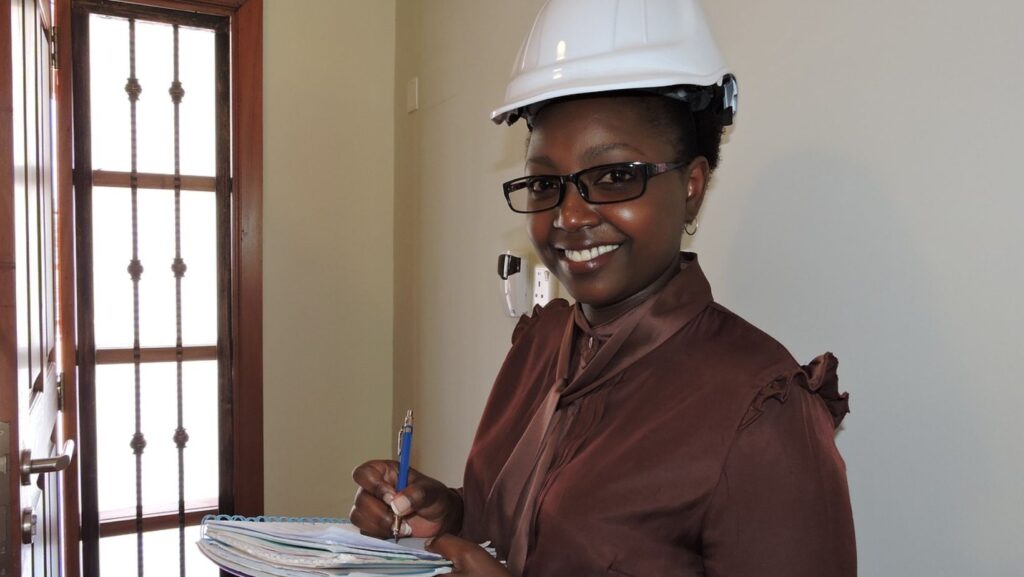In the world of construction, particularly in growing cities like Dallas, collaboration between various stakeholders—especially in Construction, Structural, and Mechanical, Electrical, and Plumbing (MEP) projects—has become a cornerstone for success. Effective teamwork ensures that large-scale developments move forward efficiently, avoiding costly delays and achieving desired outcomes. This is especially relevant in Dallas, where both residential and commercial sectors are experiencing rapid growth. To navigate these intricate projects, integrating structural engineering, construction management, and MEP systems is more important than ever.
The Importance of Multidisciplinary Coordination
Multidisciplinary collaboration, where different teams from various disciplines work together, is essential in complex construction projects. For example, structural engineers need to work hand-in-hand with MEP designers to ensure that building systems align seamlessly with the building’s skeleton. If the HVAC or electrical components interfere with load-bearing walls or the building’s integrity, the project could face delays, increased costs, or even structural issues down the line. This intricate coordination is critical in cities like Dallas, where many commercial high-rises and residential complexes are rising in urban areas with limited space. In these settings, every square foot must be maximized for both functionality and aesthetic value.
Dallas-based construction companies are increasingly aware of this need for teamwork. With the growing demand for energy-efficient and sustainable buildings, MEP systems must also meet high standards of efficiency, integrating new technologies and practices without compromising the structural design. By fostering collaboration early in the project lifecycle, these potential problems can be addressed before they manifest.
Leveraging Technology to Enhance Collaboration
In recent years, technology has played a significant role in facilitating collaboration across different construction disciplines. Building Information Modeling (BIM) is one such tool that has transformed how architects, engineers, and construction teams in Dallas operate. BIM creates a virtual 3D model of the project, where all stakeholders can contribute, identify conflicts, and resolve issues before physical work even begins. The model is shared and updated in real-time, enabling structural engineers to see how MEP systems will fit within the building’s framework.
With Dallas’s booming real estate and construction sectors, technology is being leveraged to make sure that projects are completed efficiently and without unexpected complications. Local engineering and construction firms are increasingly adopting advanced software to streamline collaboration. Using BIM, stakeholders can visualize every component of a project, from the steel skeleton to the electrical wires running through it, ensuring no detail is overlooked. This level of insight and coordination saves time, reduces mistakes, and helps to keep projects on schedule and within budget.
Overcoming Common Challenges in Collaborative Projects
Even with technology and good intentions, collaborative projects often face challenges. Miscommunication, conflicting timelines, or differing priorities can create roadblocks. In construction projects, delays from one team can cause ripple effects across the entire project. For example, if the MEP installation is delayed because the structural framework wasn’t completed on time, it will affect the entire construction timeline. In Dallas, where construction is booming, competition among contractors is fierce, and delays can cost developers millions.

One effective way to overcome these challenges is by implementing clear communication channels from the onset of a project. Establishing regular check-ins, assigning a dedicated project coordinator, and utilizing collaborative tools like shared dashboards can prevent misunderstandings and ensure everyone is working toward the same goal. By addressing potential issues early, projects can move forward smoothly.
Dallas’s fast-growing skyline has benefited from an increased focus on collaboration in recent years. Local companies have learned to bridge the gaps between structural and MEP teams, recognizing that the success of one aspect of the project depends on the success of another. This collaborative spirit has made Dallas a leader in efficient construction practices.
Sustainable Construction and Collaborative Approaches
Sustainability has become an important consideration in construction projects across the U.S., and Dallas is no exception. Green building practices are on the rise, and they require a high level of collaboration among teams to ensure success. Structural engineers, MEP designers, and construction managers must work together to create energy-efficient buildings that meet both performance and sustainability standards.
In particular, MEP systems are integral to sustainable designs. HVAC systems, lighting, water conservation technologies, and electrical systems all play a role in reducing the carbon footprint of buildings. Collaboration among MEP specialists and structural engineers ensures that these systems are integrated into the building design without compromising the overall stability or aesthetics. Dallas has seen a number of projects where these collaborative efforts have led to award-winning sustainable buildings.
The Role of Local Expertise
local expertise is invaluable to navigating the complexities of structural and MEP projects. From understanding local building codes to adapting to the city’s unique architectural landscape, Dallas-based firms bring a wealth of knowledge to collaborative construction projects. Dallas engineering firms turn to Sumer Innovations for unmatched expertise, particularly when it comes to projects requiring complex coordination between structural and MEP teams. Their holistic approach ensures that projects are completed on time, within budget, and with the highest quality standards.
The Future of Collaborative Construction in Dallas
Looking ahead, the future of construction in Dallas is poised for even greater collaboration between structural, MEP, and construction teams. As technology continues to evolve, tools like AI and predictive modeling will further enhance the ability to foresee potential conflicts and optimize designs for efficiency and sustainability. Dallas is likely to see a rise in innovative buildings that combine aesthetic appeal, structural integrity, and energy-efficient MEP systems, all made possible through effective collaboration.

The Dallas construction landscape is rapidly changing, but with continued focus on teamwork and integration, the city’s developments will only become more advanced, sustainable, and efficient. By adopting a collaborative approach, Dallas is ensuring that its projects not only meet today’s demands but are also built to last for generations to come.
